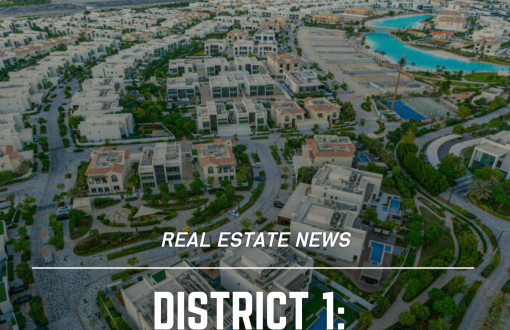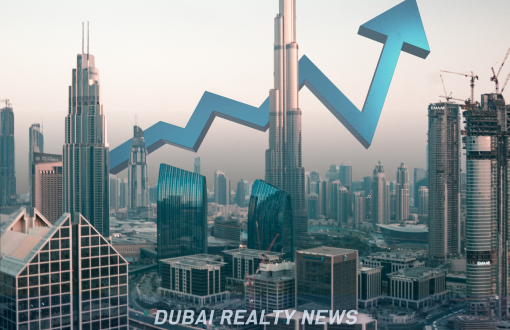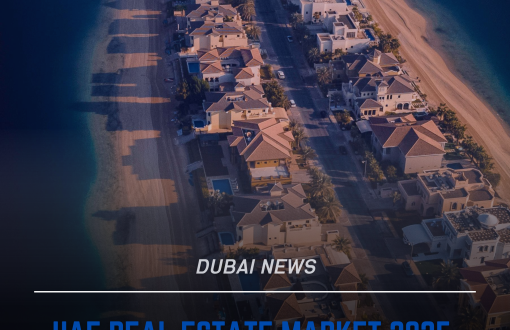Dubai Municipality has successfully planted 216,500 new trees in 2024, marking a significant 17% increase from the previous year. This initiative is part of Dubai’s ongoing efforts to enhance sustainability and expand green spaces, contributing to the emirate’s urban environmental goals.
Expanding Green Spaces
Afforestation and landscaping projects undertaken in 2024 have resulted in a 57% expansion of green spaces, covering an additional 391.5 hectares (3.9 million square metres). This aligns with the objectives of the ‘Dubai Quality of Life Strategy 2033,’ aimed at improving urban living and environmental sustainability.
Beautification and Sustainability Initiatives
In line with its commitment to urban beautification, Dubai Municipality launched 165 projects under the Dubai Green Project. These initiatives enhance greenery across residential areas, main roads, bridge intersections, parks, and recreational spaces, significantly improving per capita access to green spaces.
Dubai Municipality has also planted 5.3 million seedlings of flowers and ornamental plants, while replacing 45 million seasonal flowers across three cycles throughout the year. These efforts contribute to enhancing Dubai’s aesthetic appeal and environmental resilience.
Innovative Agricultural Practices
Dubai Municipality has integrated advanced agricultural technologies to develop a sustainable irrigation system powered entirely by recycled water. This approach conserves vital environmental resources while ensuring the long-term sustainability of the city’s green initiatives.
In 2024, the Municipality’s Warsan Nursery produced 48.13 million seedlings, including native species, ornamental trees, and seasonal flowers. Nearly 98% of this production was allocated to municipal greening projects, further reinforcing Dubai’s commitment to a sustainable urban environment.
Key Landscaping Projects
Major roads and intersections benefited from extensive greening efforts, including Sheikh Zayed Road, Al Khail Road, Sheikh Mohammed Bin Zayed Road, Dubai–Al Ain Road, and various residential areas such as Al Mizhar, Al Barsha, and Mirdif. These projects contribute to improving air quality, mitigating climate change impacts, and preserving biodiversity.
Dubai Municipality has planted a diverse range of indigenous and ornamental tree species, including Ghaf, Sidr, Samar, neem, olive, Indian jasmine, and various palm varieties. Evergreen species such as Washingtonia, Bismarckia, and Poinciana further enhance the emirate’s green canopy.
Commitment to Sustainability
Badr Anwahi, CEO of the Public Facilities Agency at Dubai Municipality, emphasized the city’s dedication to sustainable urban planning. “Through innovative agricultural practices and strategic urban planning, we aim to create a greener and more livable city for residents and visitors alike,” he stated.
Since 2011, Dubai’s supervised green spaces have more than doubled, exceeding 52 million square metres by the end of 2024. The number of trees planted annually has surged from 35,666 in 2017 to 216,500 in 2024, demonstrating the emirate’s unwavering commitment to environmental sustainability.
Dubai Municipality’s greening initiatives continue to set global benchmarks, seamlessly integrating modern urban development with environmental stewardship. These efforts reaffirm Dubai’s position as a leader in sustainable urban planning, fostering a greener and healthier future for all.
SOurce: Dubai Municipality





